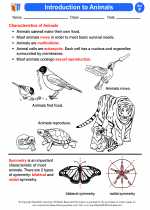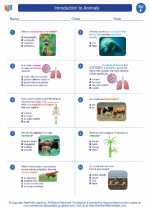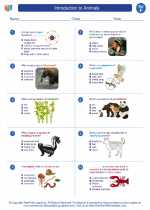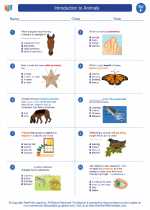Pancreas
The pancreas is a vital organ located in the abdomen, behind the stomach. It plays a crucial role in the digestive system as well as in the endocrine system.
Anatomy of the Pancreas
- The pancreas is a long, flat gland that is about 6 inches long and is shaped like a fish extended horizontally across the abdomen.
- It is divided into three main parts: the head, the body, and the tail.
- The head of the pancreas is located on the right side of the abdomen, nestled within the curve of the duodenum.
- The body of the pancreas extends horizontally across the abdomen, and the tail of the pancreas is located on the left side, near the spleen.
Functions of the Pancreas
The pancreas has two main functions:
- Exocrine Function: The pancreas produces digestive enzymes that are released into the small intestine to help break down food.
- Endocrine Function: The pancreas contains clusters of cells called islets of Langerhans, which secrete hormones such as insulin and glucagon into the bloodstream to regulate blood sugar levels.
Study Guide
Here are some key points to remember about the pancreas:
- The pancreas is located behind the stomach and plays a vital role in the digestive and endocrine systems.
- It is divided into the head, body, and tail.
- The exocrine function of the pancreas involves the production of digestive enzymes.
- The endocrine function of the pancreas involves the secretion of hormones like insulin and glucagon.
- Problems with the pancreas, such as pancreatitis or diabetes, can have significant impacts on overall health.
◂Science Worksheets and Study Guides Sixth Grade. Introduction to Animals
Study Guide Introduction to Animals
Introduction to Animals  Activity Lesson
Activity Lesson Introduction to Animals
Introduction to Animals  Worksheet/Answer key
Worksheet/Answer key Introduction to Animals
Introduction to Animals  Worksheet/Answer key
Worksheet/Answer key Introduction to Animals
Introduction to Animals  Worksheet/Answer key
Worksheet/Answer key Introduction to Animals
Introduction to Animals  Vocabulary/Answer key
Vocabulary/Answer key Introduction to Animals
Introduction to Animals  Vocabulary/Answer key
Vocabulary/Answer key Introduction to Animals
Introduction to Animals  Vocabulary/Answer key
Vocabulary/Answer key Introduction to Animals
Introduction to Animals  Vocabulary/Answer key
Vocabulary/Answer key Introduction to Animals
Introduction to Animals 

 Activity Lesson
Activity Lesson
 Worksheet/Answer key
Worksheet/Answer key
 Worksheet/Answer key
Worksheet/Answer key
 Worksheet/Answer key
Worksheet/Answer key
 Vocabulary/Answer key
Vocabulary/Answer key
 Vocabulary/Answer key
Vocabulary/Answer key
 Vocabulary/Answer key
Vocabulary/Answer key
 Vocabulary/Answer key
Vocabulary/Answer key

The resources above cover the following skills:
LIFE SCIENCE
From Molecules to Organisms: Structures and Processes